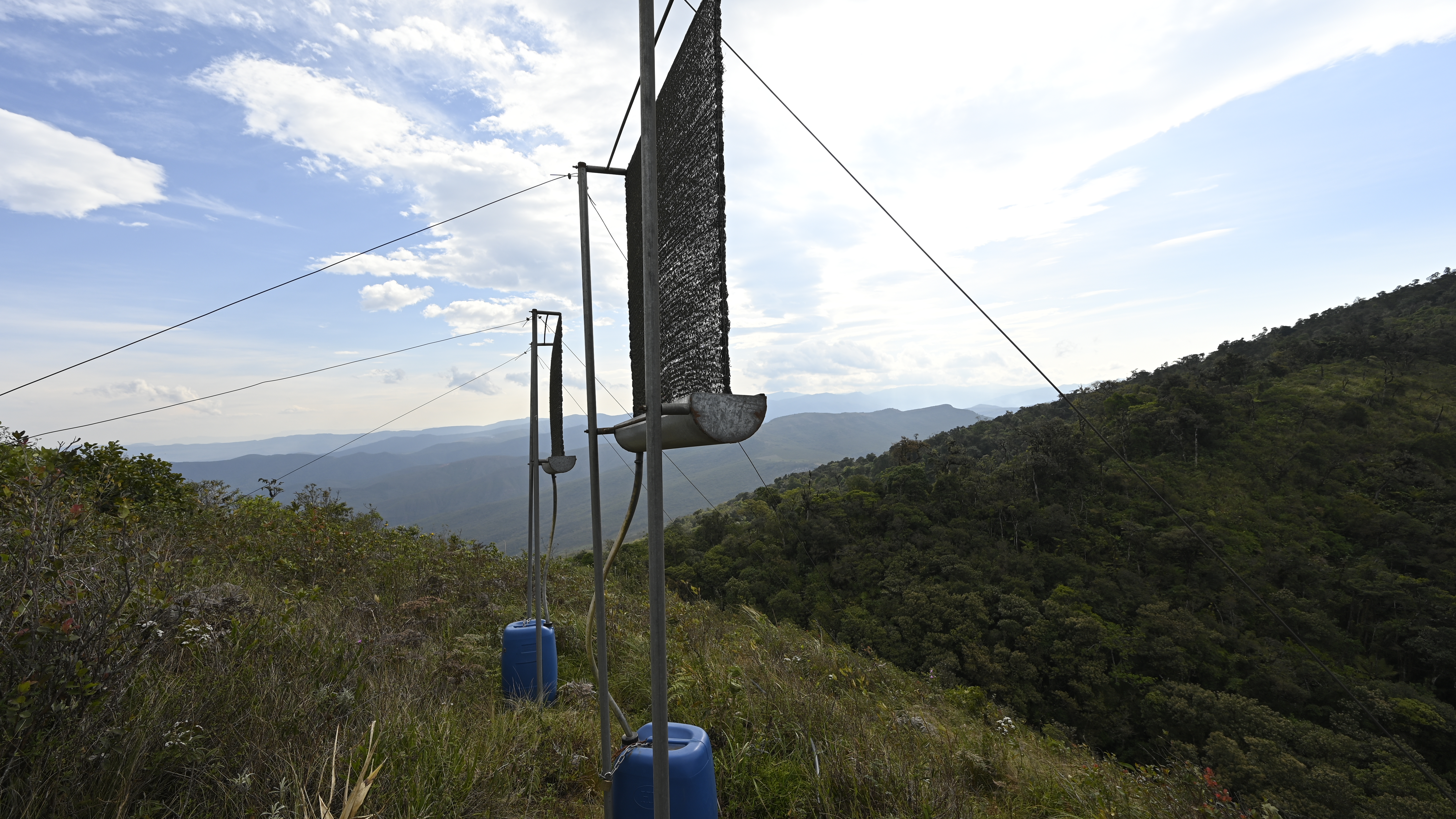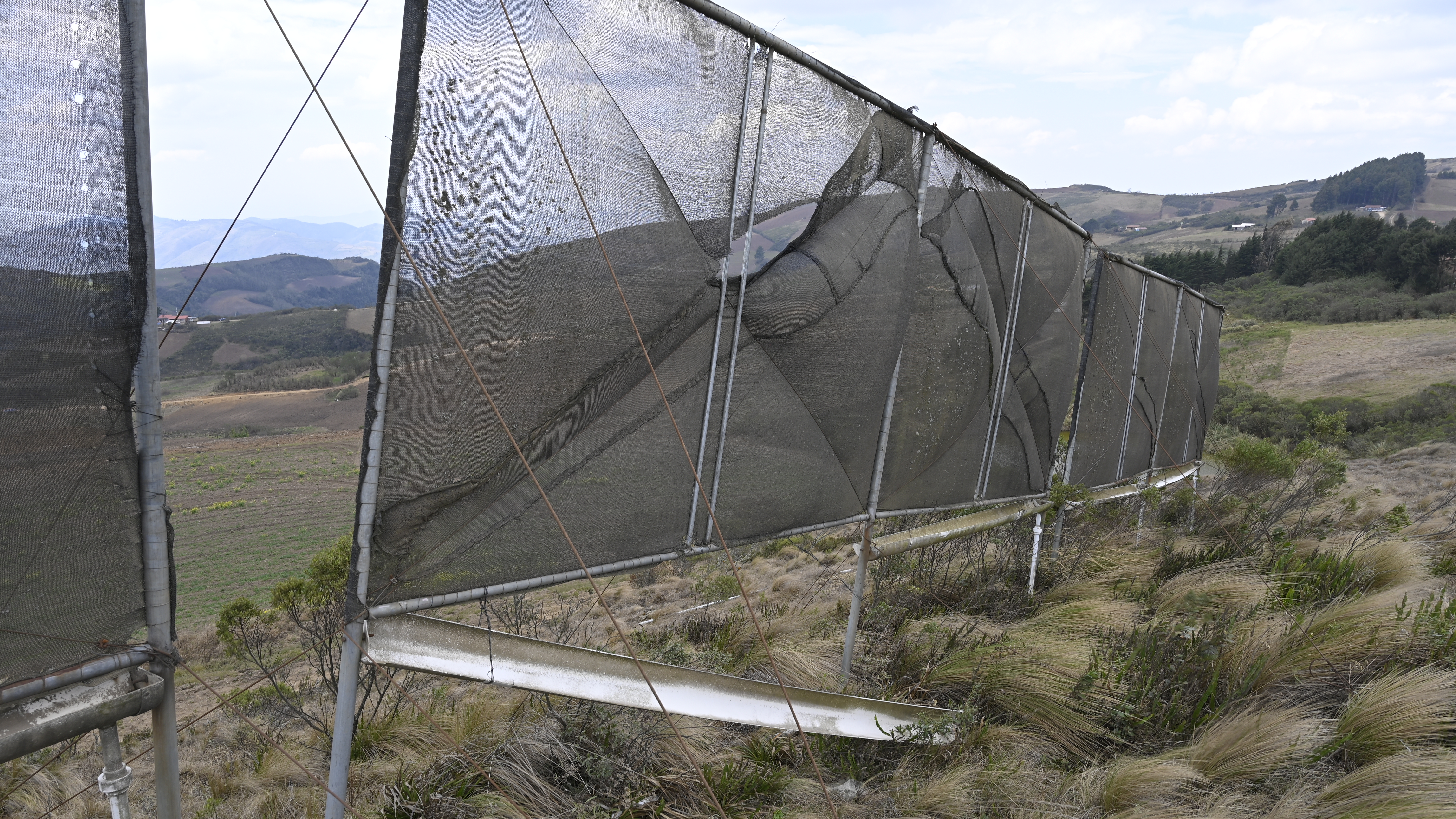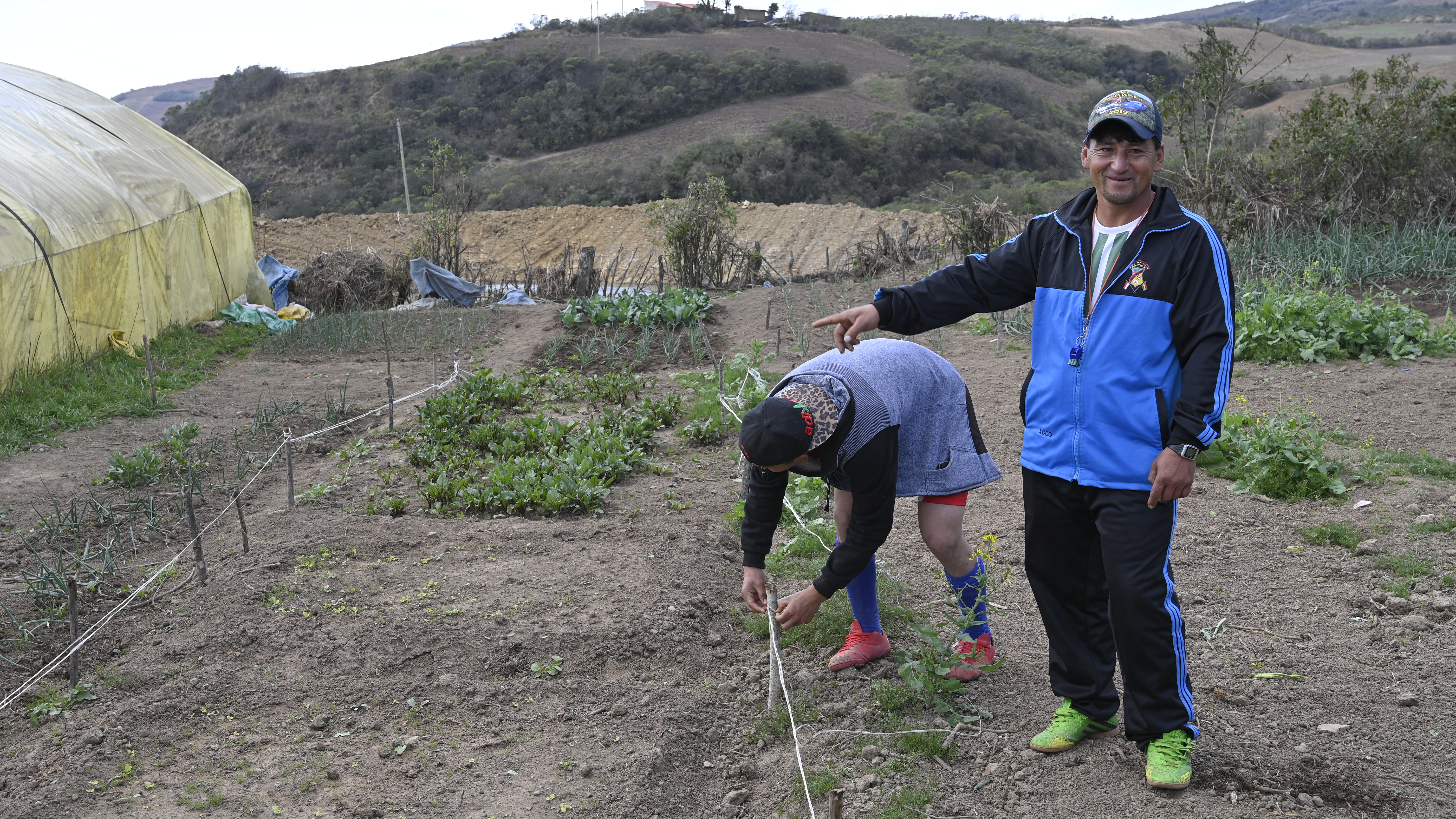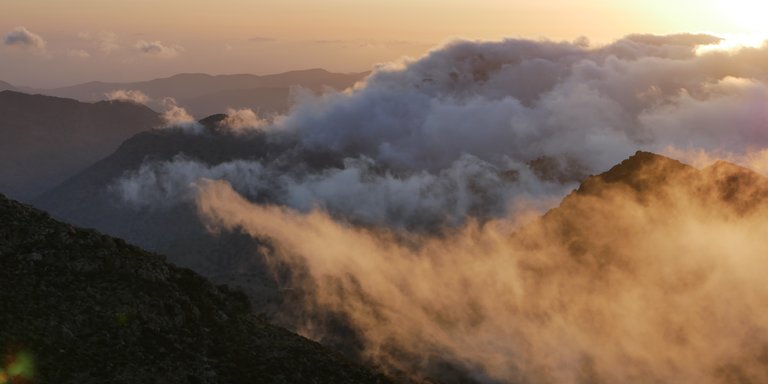
New fog nets in Bolivian highlands
Scouting the best locations
properties.trackTitle
properties.trackSubtitle
The grant money is ready to invest. Now it's time to find the best locations to capture drinking water from the fog. Bolivia won our 2019 call for proposal for fog nets. In July 2019, the Water Foundation and the Munich Re Foundation, with the financial support from the Oswald foundation, pledged a total grant amount of €228,000 to the Spanish organisation Zabalketa. The joint plan is to build 14 new fog collectors.

Zabalketa set up the first generation of fog collectors in 2014/2015 together with their local partner, ICO, at three locations: Veladero School, Veladero Central and Veladero Saguintito. Unfortunately, the rather simple fog collectors did not last long against the very strong wind gusts and the sun’s strong rays. The experience showed, however, that there was great potential to harvest fog in the Veladero region. Using small test collectors and weather stations, ICO staff conducted measurements in four other villages. Sivingalito proved to be the most bountiful in terms of fog harvesting.

The modern CloudFisher Midi is rolled out
A good fog harvest requires many days of fog, with high humidity and strong winds. It quickly became clear that we could only use second-generation CloudFisher collectors in the Alto Veladero region, as they are much stronger and sturdier in windy conditions.
In addition to scouting for the best locations, a lot of other questions had to be answered. What sizes of net should we use? How can the large collector frames be anchored underground? How can we transport all the building materials and construction equipment to the fog-collecting sites – which are usually very isolated and in very steep terrain. After giving it much thought, we now plan to deploy the CloudFisher Midi for the very first time. Developer Peter Trautwein says: “With the mid-sized version, we have a good chance of the project succeeding, and it’s cheaper than the large CloudFisher Pro.” The CloudFisher Midi’s net spans 24m² and the posts are anchored underground using concrete foundations. Due to the very rocky substrate, it is not possible to anchor the nets with long ground spikes as originally planned.
Now the necessary materials for 14 CloudFisher Midi units need to be ordered quickly, package them, and ship everything from Germany to Bolivia. The materials will include netting, zinc-plated aluminium rods, collecting rings and much more. Local materials namely cannot provide the guaranteed stability that is needed. If everything goes according to plan, construction of the CloudFishers will begin in April 2020. Not too long afterwards, people in the region will enjoy fresh drinking water – harvested from fog.




